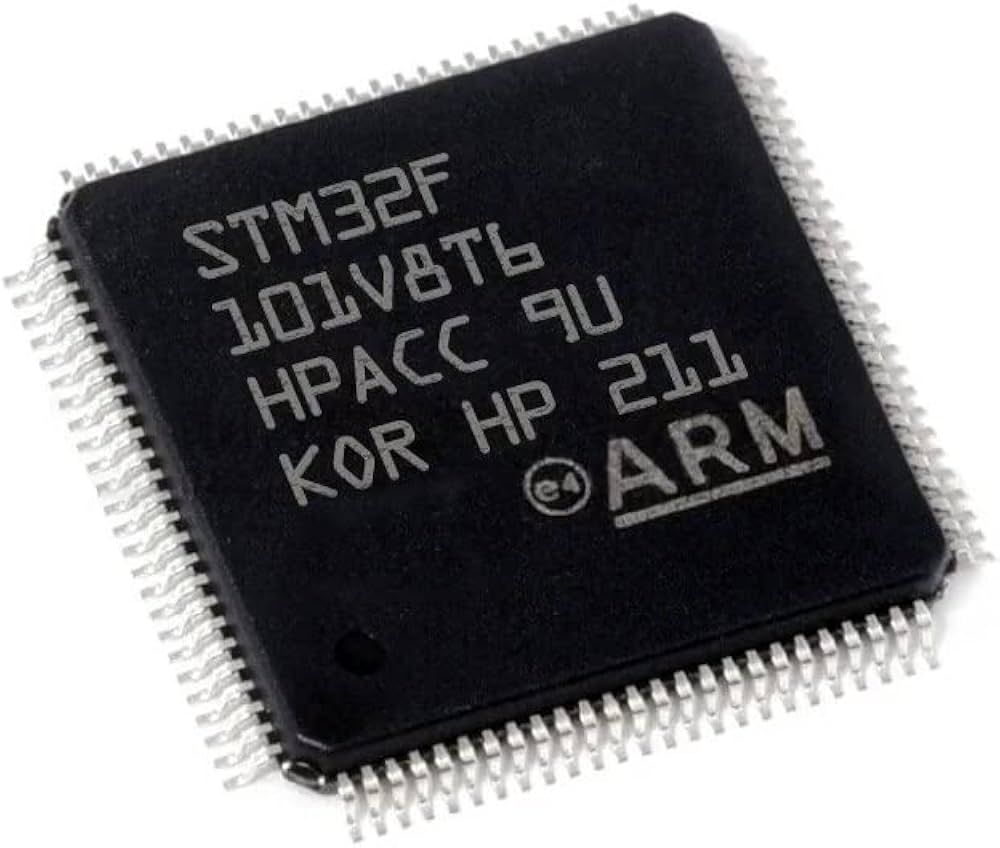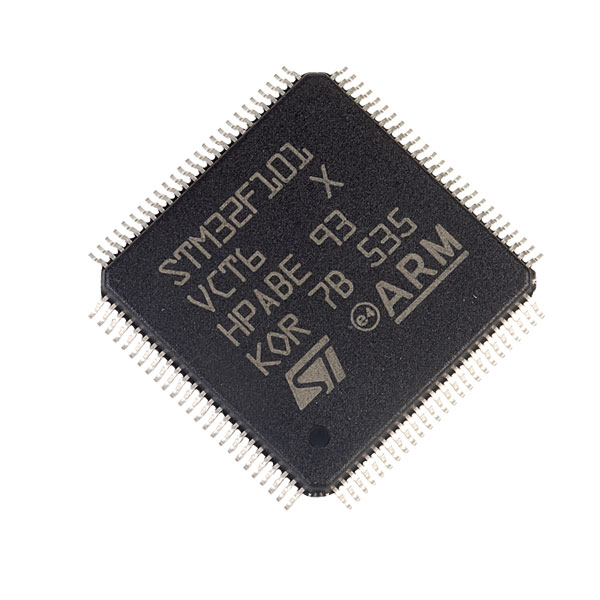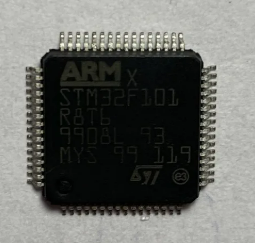Extract ARM MCU STMicroelectronics STM32F101
The STMicroelectronics STM32F101 microcontroller is a widely used ARM Cortex-M3 based chip found in numerous embedded systems. While these MCUs offer various security features to protect their firmware, there exists significant interest in methods to extract, crack, and reverse engineer their protected contents. This article explores the technical approaches and challenges involved in accessing secured STM32F101 firmware.

Understanding STM32F101 Protection Mechanisms
The STM32F101 incorporates several security features designed to prevent unauthorized access to its flash memory contents. The primary protection is the Readout Protection (RDP) system, which offers three security levels:
- Level 0: No protection (default factory setting)
- Level 1: Debug interface remains active but restricts flash access 8
- Level 2: Permanently disables debug interfaces (JTAG/SWD) and makes downgrading impossible 8
When set to RDP Level 1, the STM32F101 will lock flash memory access when a debugger is connected, though interestingly, the SRAM remains fully readable through the debug interface 8. This creates potential vulnerabilities that attackers can exploit.
Extraction Techniques for Protected Firmware
1. Cold-Boot Stepping (CBS) Attacks
One sophisticated method to bypass RDP Level 1 protection is the Cold-Boot Stepping attack. This technique involves:
- Precisely controlling system reset and power cycles
- Executing firmware for very short, incrementally increasing time periods (n·T)
- Dumping SRAM contents after each controlled execution 8
The attack requires microsecond-precision timing, often achieved using a dedicated attack control board rather than a standard computer due to timing jitter issues 8. By carefully analyzing the SRAM dumps across multiple iterations, attackers can reconstruct critical firmware components.

2. Debug Interface Exploitation
Even with RDP Level 1 active, the STM32F101’s debug interface remains operational. While direct flash access is blocked, researchers have found that:
- Peripheral registers remain accessible
- SRAM contents can be read directly
- Certain undocumented test modes might be activated 8
These access points can provide indirect paths to reconstruct or bypass firmware protections.
3. Physical Chip Decapsulation and Probing
For maximum security RDP Level 2 or when other methods fail, attackers may resort to physical techniques:
- Chemical decapsulation: Removing the chip packaging to expose the silicon die
- Microprobing: Directly accessing memory buses and control lines
- Optical fault injection: Using lasers to manipulate circuit behavior 8
These methods require specialized equipment and expertise but can defeat even the strongest software protections.
Firmware Analysis and Reverse Engineering
Once firmware is extracted, reverse engineers face additional challenges:
- Binary Analysis: The raw machine code must be disassembled into understandable instructions. Tools like Ghidra, IDA Pro, or Radare2 are commonly used.
- Code Reconstruction: Identifying functions, variables, and control flow to recreate the original program logic.
- Protocol Reverse Engineering: Analyzing communication protocols used by the firmware for potential vulnerabilities 7
- Cryptographic Analysis: If firmware is encrypted, identifying and breaking the encryption scheme 5
Protection Against Firmware Extraction

For developers looking to protect their STM32F101 firmware:
- Always use RDP Level 2 for production devices
- Implement runtime checks for debugger attachment
- Use the chip’s unique UID (96-bit identifier at 0x1FFFF7E8) for firmware binding 5
- Encrypt critical firmware sections
- Implement tamper detection that wipes sensitive data
Ethical and Legal Considerations
It’s important to note that reverse engineering microcontroller firmware may violate copyright laws, DMCA anti-circumvention provisions, or contractual agreements. These techniques should only be used for legitimate purposes such as:
- Security research
- Interoperability development
- Recovery of legacy systems where original source is lost
- Authorized penetration testing
The STM32F101 remains a challenging target for firmware extraction when properly secured. While methods exist to bypass its protections, they require significant technical expertise. As protection technologies advance, so too do the techniques to circumvent them, creating an ongoing arms race in embedded system security.
For developers, understanding these extraction methods is crucial for implementing effective countermeasures. For researchers, they represent interesting challenges in computer security and reverse engineering. Regardless of perspective, the STM32F101 serves as an excellent case study in microcontroller firmware protection and the methods used to analyze it.
We can Extract ARM MCU STMicroelectronics STM32F101, below please find the features of this chip for your reference:
1 × 12-bit, 1 µs A/D converter (up to 16 channels)
– Conversion range: 0 to 3.6 V
– Temperature sensor
Up to 51 fast I/O ports
– 26/37/51 I/Os, all mappable on 16 external interrupt vectors and almost all 5 V-tolerant

